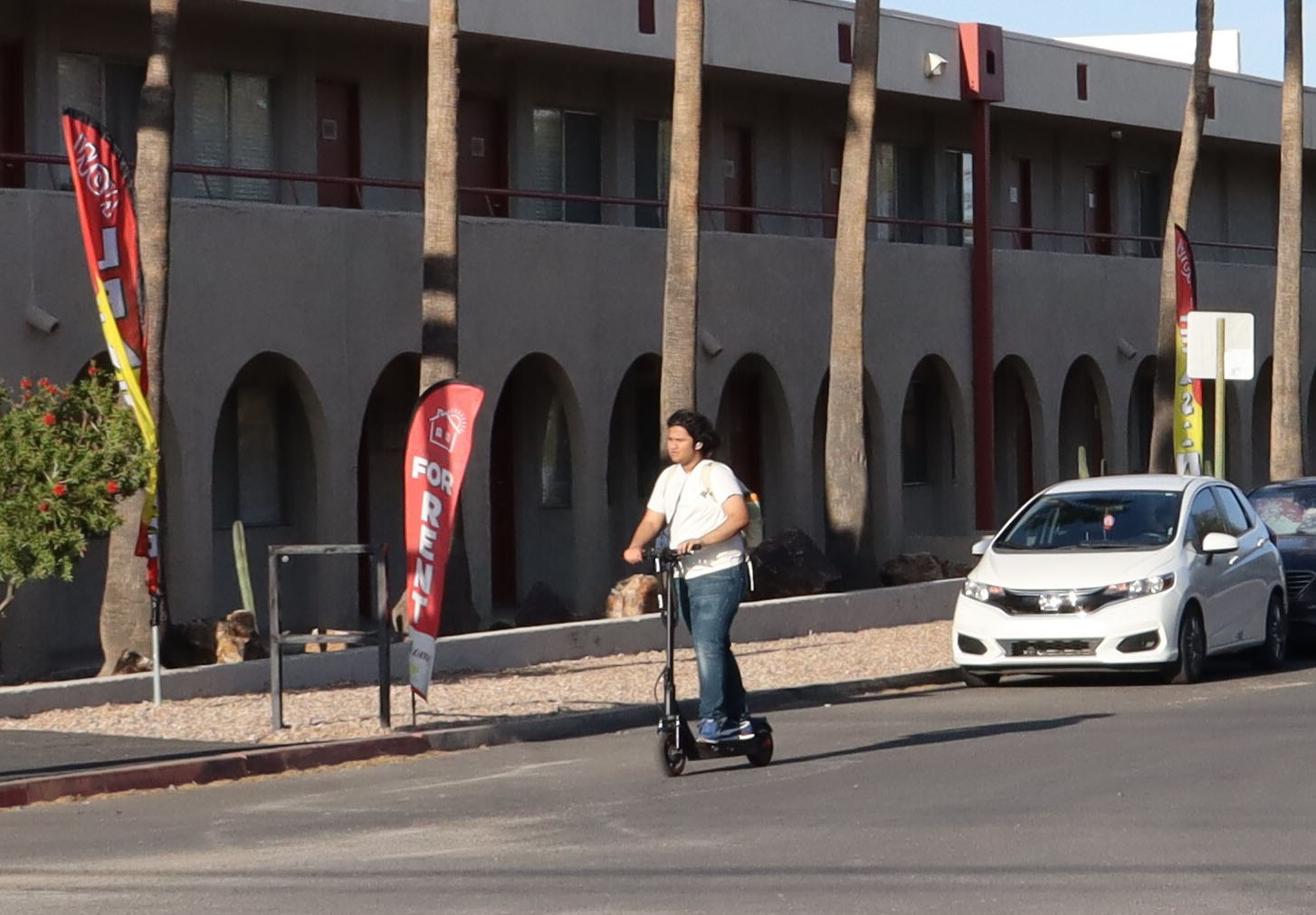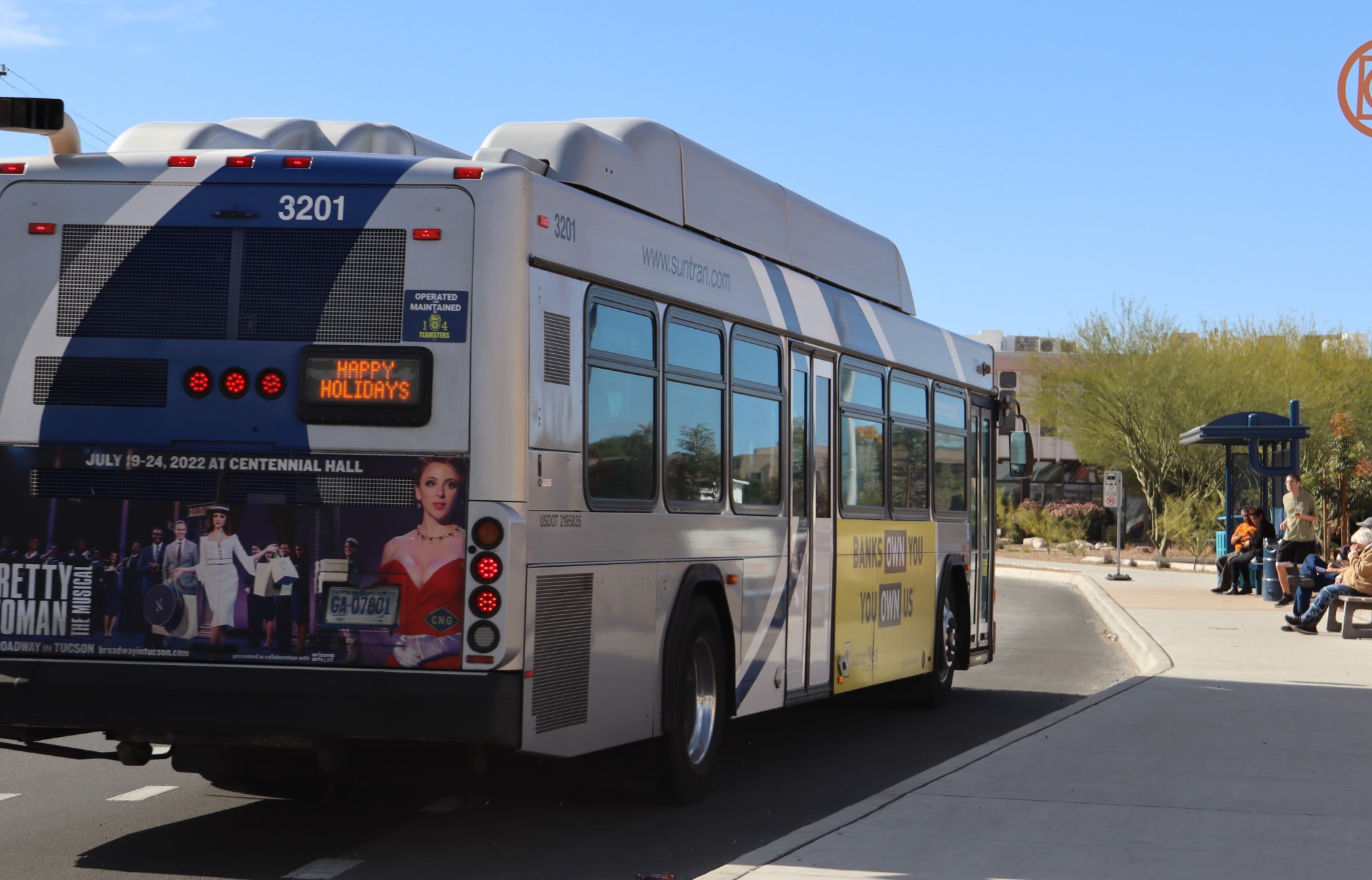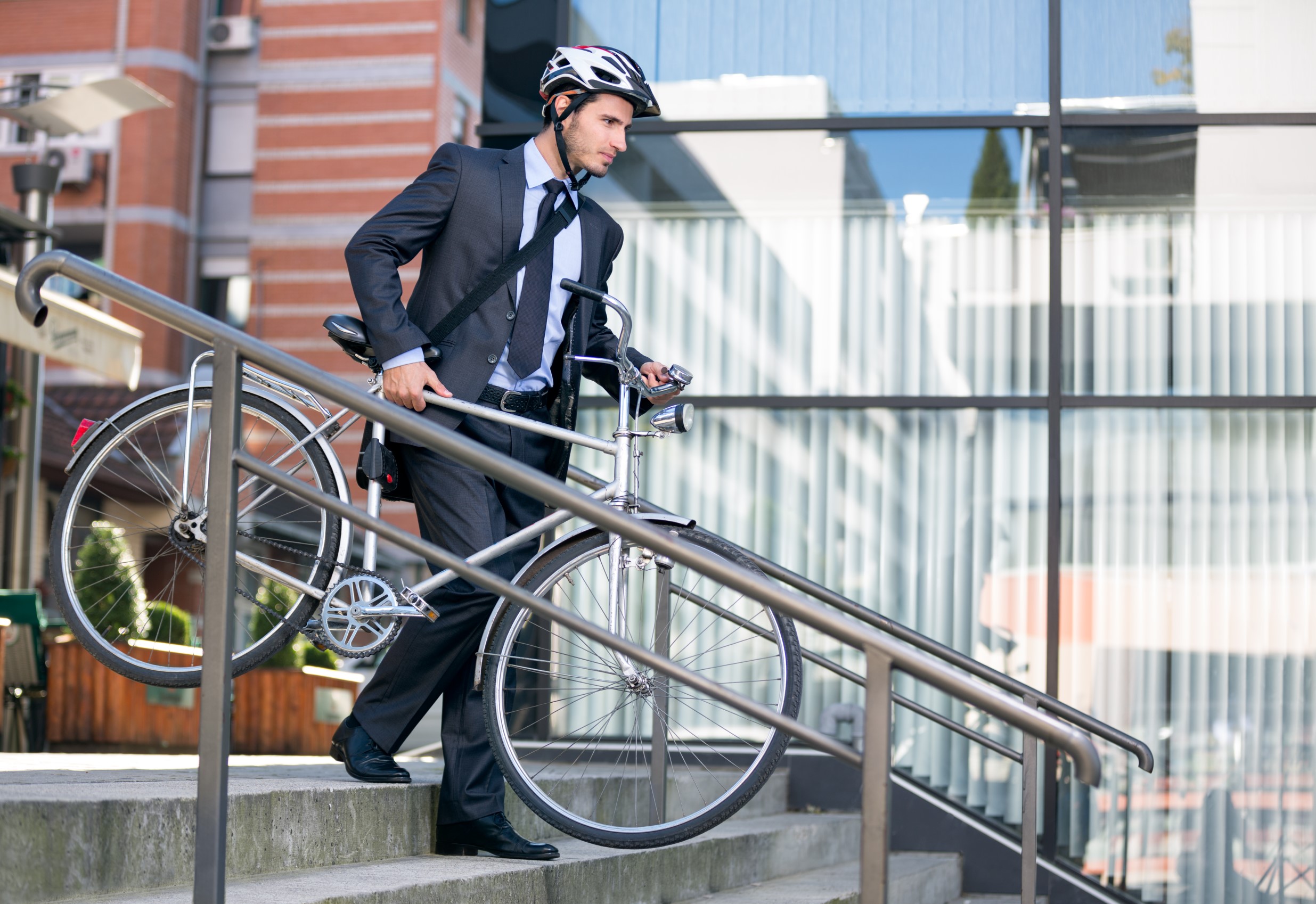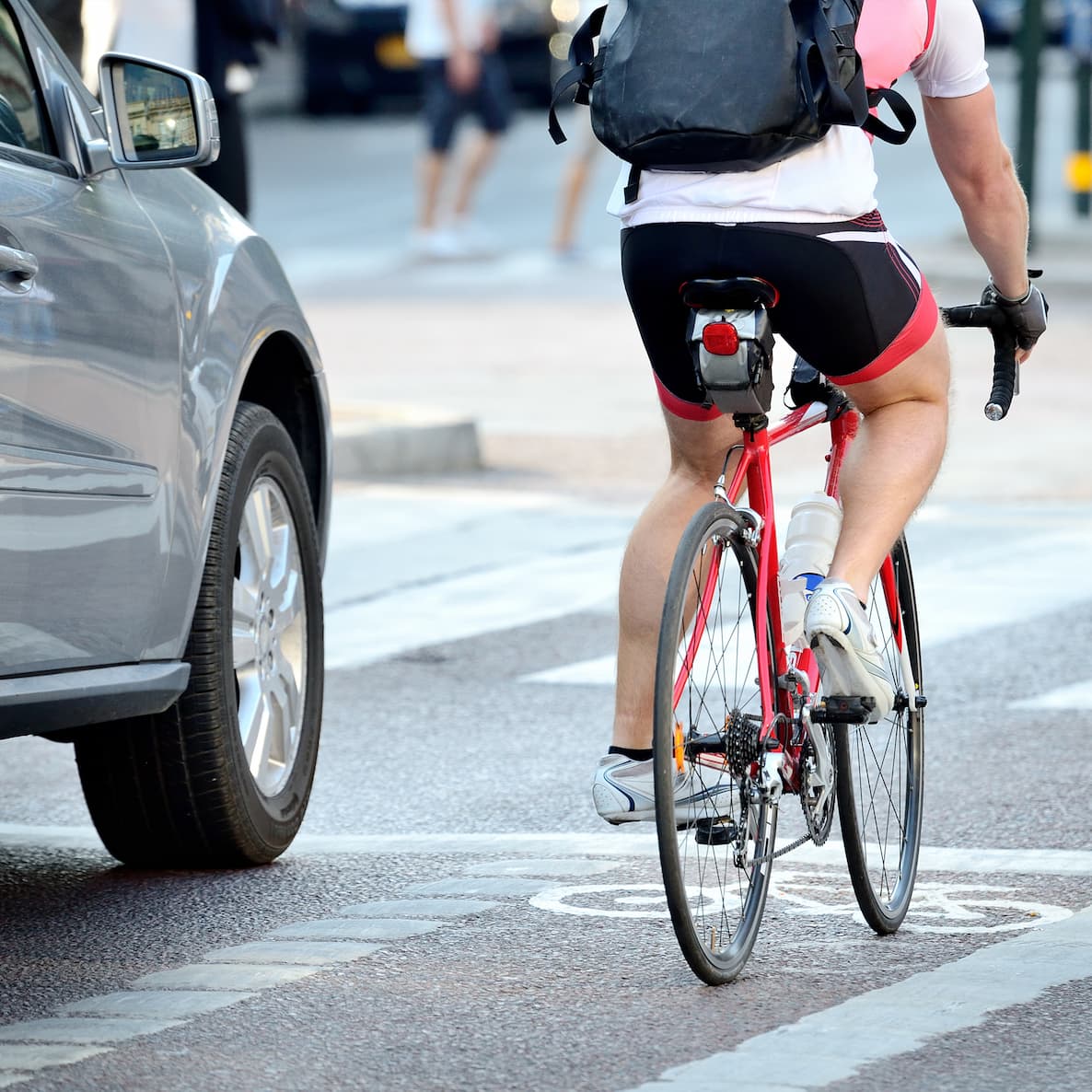
Even if you’ve never ridden an electronic scooter, you have probably noticed other people driving them around town. They are prevalent in downtown Tucson and near the University of Arizona campus. You may even see them in your own neighborhood. Using scooters can be fun and convenient and is quickly growing in popularity.
According to EY.com, a technology consulting website, electric scooters are “the fastest-growing mode of transport ever documented.”
Electronic scooters, or e-scooters, are part of a growing trend of micromobility options in cities. Along with bikes, e-bikes, electronic skateboards and velomobiles – three-wheeled vehicles that resemble a cross between a recumbent bike and small car – e-scooters offer convenience and are among the environmentally friendly transportation options that are finding their niche in urban environments.
“Electric scooters have become a mainstream part of daily travel for citizens in metropolitan areas all over the world,” explained EY.com.
According to the New Urban Mobility Alliance (NUMO), e-scooters can be found in over 600 cities in more than 50 countries, and over 300 million trips have been made on these devices.
Here are some things to consider if you’re thinking about jumping onto the e-scooting bandwagon.
Pros
Is utilizing an e-scooter right for you? E-scooters offer a convenient, environmentally friendly way to traverse short distances within the community. In a location such as downtown Tucson or the university area, e-scooters can be a great way to get from offsite parking or a transit stop to a final destination.
For those who live near work or school, owning your own e-scooter could be advantageous, but for those driving or taking the bus to work or school, using a shared scooter program may be the better option.
The City of Tucson maintains E-Scooter Share, a service that provides an electric-powered scooter to rent for one-way trips.
Although e-scooters are not allowed on the campus of the University of Arizona, designated parking spaces are located on the perimeter of campus. Using an e-scooter is a cost-effective way to access campus from nearby housing and the area neighborhoods. It is also an option for students who live on campus but work outside the boundaries of the university.
E-scooters are especially useful during the first and last mile of your commute.
“E-scooters hold the promise of being able to fill gaps in public transport routes,” noted ey.com. “They can help to reduce car usage and congestion and contribute to the more efficient use of parking and other shared public spaces.”
E-scooters have low emissions, are relatively quiet and cost very little to fuel.
Cons
E-scooters can only be used for short distances and work better in urban settings. They can be impractical in other parts of the region.
Despite their popularity, many places restrict e-scooter access due to parking issues, risk to pedestrians, and a lack of infrastructure to handle scooters. E-scooters are great for getting to and from the university but cannot help people get across campus.
Access to e-scooters can be an issue. Although the City of Tucson has its e-scooter program, there is no guarantee that an e-scooter will be available when and where you need it. Purchasing an e-scooter is an option, and affordable e-scooters are available, but they can run from a few hundred dollars to over a thousand dollars.




